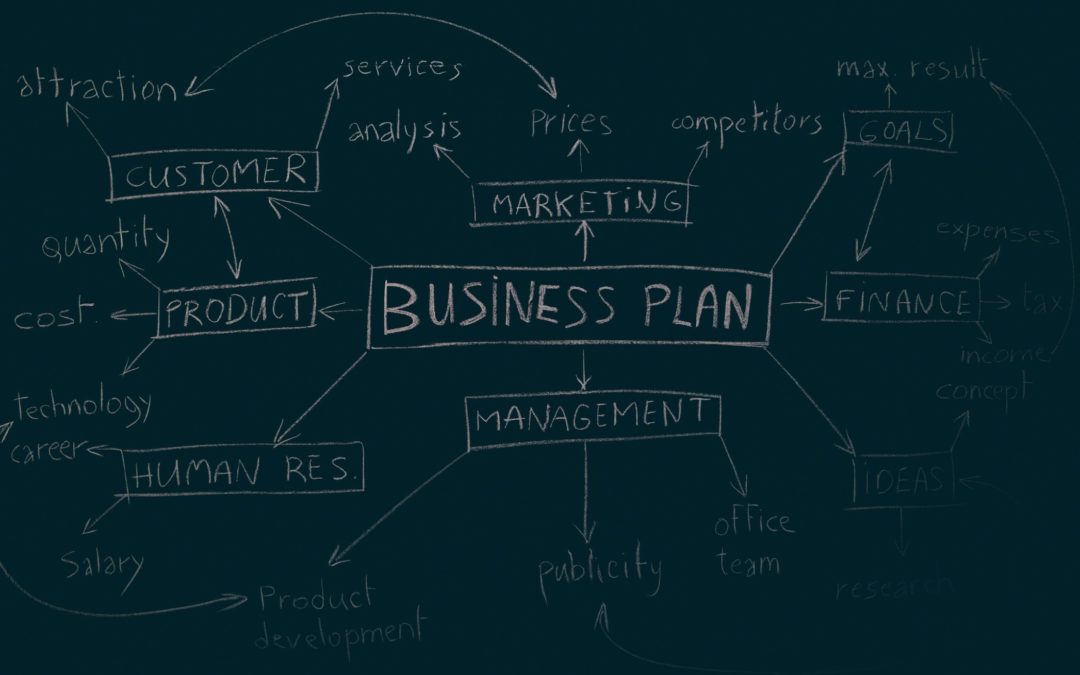If you are like many business leaders, your first thought is likely, “I do NOT have TIME to do an MBA-style exercise of developing a theoretic business plan.” You have come to the right place, reader. Because I am adamant about creating power through brevity.
Working my way through college was the luckiest thing that could happen to me. I learned time management skills by juggling full-time work and full-time school. In addition, I was fortunate to have a mentor who guided me into leadership, including P&L responsibility. Looking back, there was no better real-world experience.
As I transitioned into a second career in Financial Services, my prior business experience led me to believe that the process of business planning was far from optional to a successful outcome. That small act of perpetuating an effective habit created my reputation for developing business plans.
Tip #1: Types Of Yearly Business Plans
Many see the steps to developing a business plan as a time-consuming process with little benefit. If you were to research the types of yearly business plans, you would quickly discover that the Small Business Administration (SBA) refers to the Traditional Business Plan and the Lean Startup Plan.
While I certainly do not discount the integrity of these, my observation has been that many business leaders do not use them as a way to get the most from themselves, their business, or their team. This is likely because some think the steps to developing a business plan are onerous with less upside than the investment of time.
If you’ve felt like this and hesitated to create, update, and use your business plan to drive your goals, you’ll be delighted to hear more about my One Page Business Plan.
Tip #2: Key Elements To Include In A Business Plan
If you’ve been involved in business for any length of time, you are accustomed to the traditional components of a business plan: an executive summary, company description, marketing analysis, organization, services, and production line, marketing and sales, funding requirements, financial projections, and an appendix. Did you yawn while reading that? Maybe you tensed up feeling the weight of the jargon? That ‘zombie speak,’ as I sometimes call well-worn but less useful phrases, is why the One Page Business Plan resonates by using straightforward language.
I would call the front page the “right brain” elements or Mindset and the back page the “left brain” or Momentum side. The components of Mindset are:
- Who: The values that define your organization.
- Why: Your cause, passion, and purpose.
- What: The direction you’ve chosen over the long term.
- When: The intermediate intention, including the leading indicators that differentiate your business.
- How: Your unique selling proposition to deliver with distinction.
The back page is about the here and now – building momentum for the current year. On this page, you will define the measures of success, your quarterly rocks, and problems you need to address.
Tip #3: Following Through On Your Business Plan
Naturally, the execution phase is the most impactful part of any business plan. When working with leaders, one of the surest ways to uncover obstacles is to review the essential elements of their business plan and then determine if they’re SMART. That’s specific, measurable, attainable, relevant, and time-bound. When a leader tells me that the plan execution is falling short, we do a SMART review. The two most common missing elements are due dates (timebound) and specific goals (i.e., they are vague). Challenge yourself to review every aspect of the Business Plan to be SMART because SMART goals are the path to success.
If you want to move your business further and faster, create your own one-page business plan. Once you have downloaded and filled out the Making the Cut™ one-page template, then upload your template to the contact form. From there, we will set up a call to discuss. As a former Fortune 500 executive, I help build independent, responsible teams.




